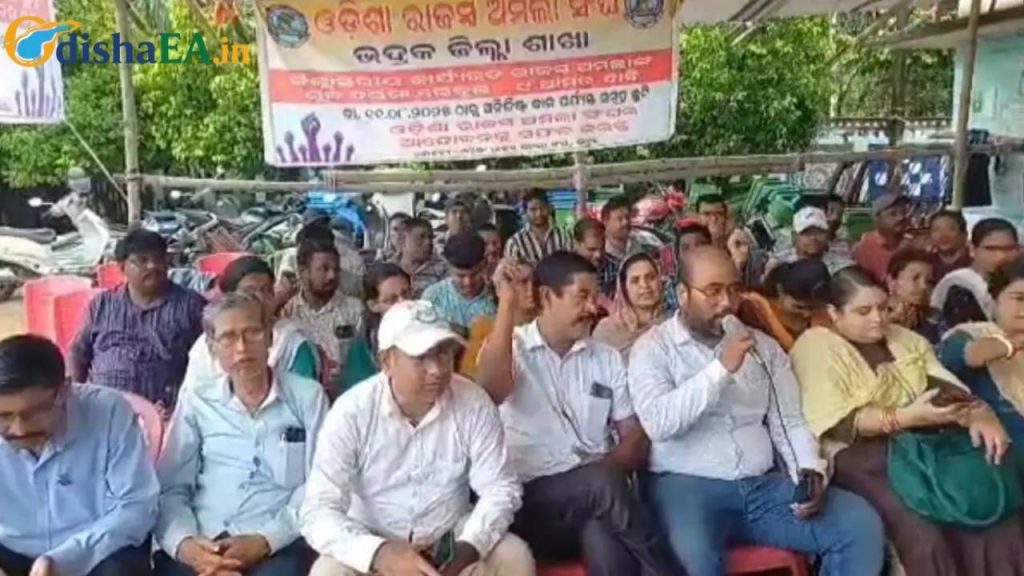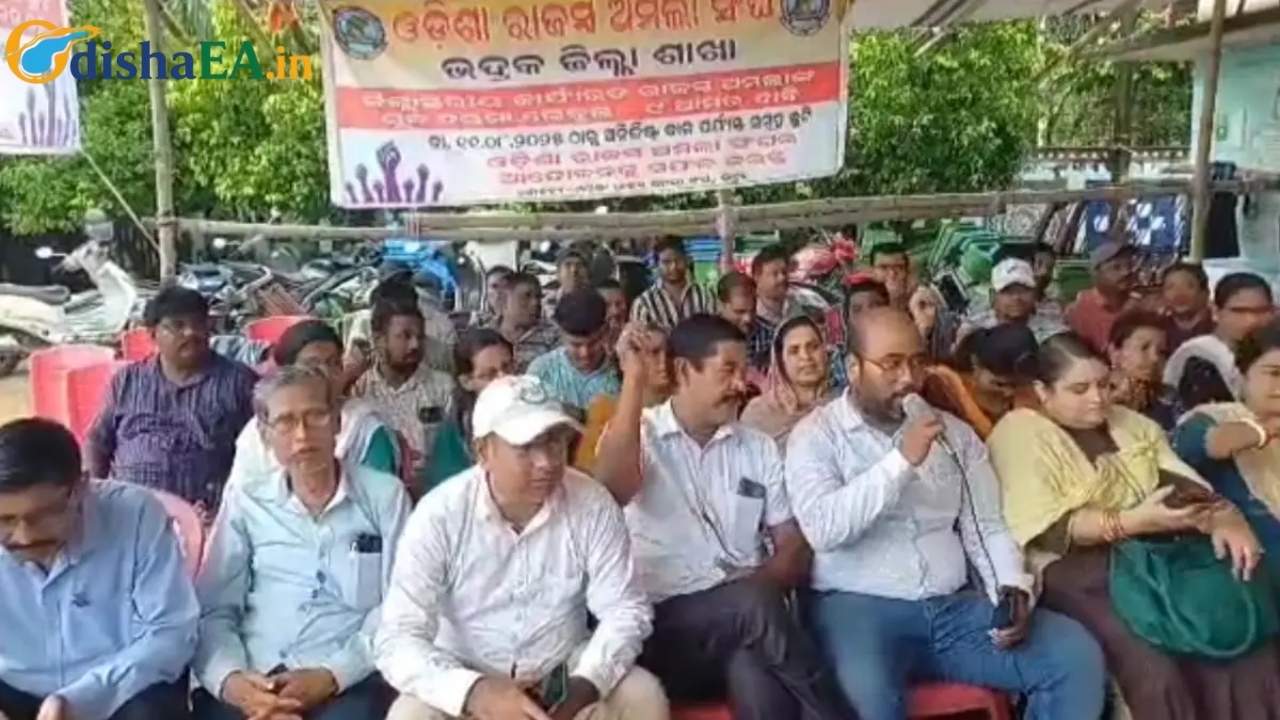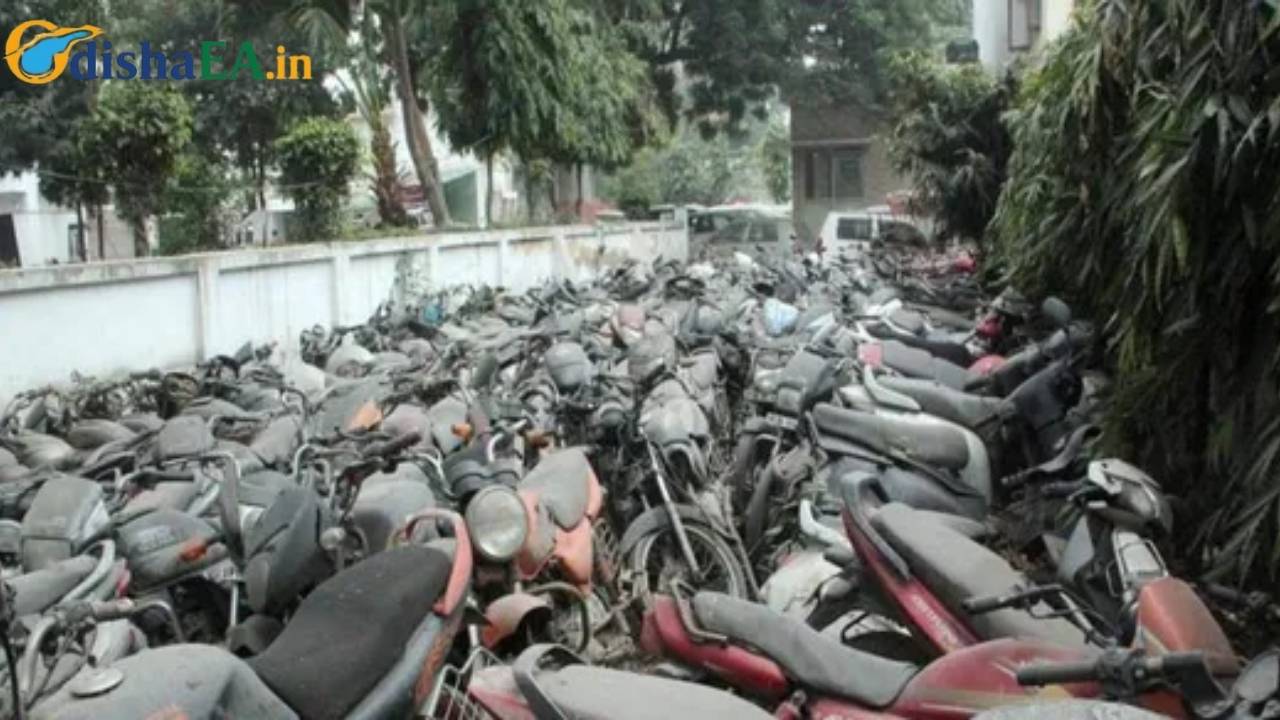In a major development, the Odisha Revenue Employees’ Association has announced the suspension of its 14-day long protest, with employees set to return to work today, August 26, 2025. This marks the end of a strike that affected thousands of citizens and disrupted vital public services across the state. From the clerical staff handling land records to issuing income certificates, the impact was significant, leaving the people of Odisha uncertain about how to proceed with everyday bureaucratic needs.

Let’s take a closer look at the situation, providing clear insights into the causes behind the protest, the demands of the employees, and the government’s response.
Odisha Revenue Employees Suspend Protest
| Aspect | Details |
|---|---|
| Protest Duration | 14 days |
| Affected Services | Land records, income certificates, legal heir documents, and more |
| Number of Employees | Over 10,000 clerical staff across Odisha |
| Main Demand | Salary revisions, better insurance, restoration of old pension scheme, and more |
| Government’s Response | Warning of disciplinary action, including salary cuts for continued absence |
| Official Sources | Odisha Revenue Department |
| Link to Full Report | Odisha TV News |
The Odisha Revenue Employees’ protest has come to an end, and while that’s a win for citizens waiting for their services, the bigger picture still requires attention. The issues at hand are more than just salary revisions; they involve the fair treatment of government employees who play an essential role in the state’s governance. It’s crucial for both the government and the employees to continue the dialogue and address these issues to ensure that such strikes do not disrupt vital services again in the future.
As citizens, staying informed about government updates and understanding the underlying causes of such disruptions can make all the difference when navigating these situations.
The Context: Understanding the Odisha Revenue Employees’ Protest
The Odisha Revenue Employees’ Association, comprising over 10,000 clerical staff members, began its protest on August 11, 2025. These employees, vital for day-to-day administrative tasks, found themselves at the center of a growing public frustration. The strike disrupted essential services, including land record management, issuance of certificates, and other crucial bureaucratic functions. In a state like Odisha, where land ownership issues are a sensitive matter, the impact was immediate and widely felt.

While strikes by public employees are not uncommon, this particular protest attracted significant attention due to the scale of the disruption. Citizens were left scrambling to navigate the bureaucratic maze without the necessary assistance, leading to a growing sense of frustration. The issues at hand are more than just routine demands – they reflect long-standing grievances that have been simmering for years.
The Main Grievances: Why Did the Strike Happen?
The employees’ demands are extensive, but they all point to one key issue: fair treatment in terms of pay and benefits. Let’s break down the key points:
1. Salary Revisions and Pay Level 9 for All Employees
One of the central demands was to bring all clerical staff under Pay Level 9. This would significantly raise their salary and put them on par with employees in similar government positions across the country. With inflation and the rising cost of living, this demand has become a crucial issue for the workers.
2. Restoration of the Old Pension Scheme
Many of the protesting employees also called for the restoration of the old pension scheme, which was abolished some years ago. The new pension scheme, while still functional, has led to dissatisfaction among employees who feel that it offers lesser benefits for those nearing retirement.
3. Health Insurance Coverage of ₹20 Lakh
The workers also demanded that their health insurance be enhanced, with a coverage limit of ₹20 lakh. This is particularly significant in the context of the increasing health care costs, and employees felt that their current coverage was inadequate.
4. Time-bound Promotions Every Four Years
In addition to salary revisions, employees wanted time-bound promotions. They requested that promotions be granted every four years instead of the longer periods they currently face. This would ensure their career progression remains on track.
5. Inclusion of Various District Offices in Ministerial Services
Another major demand was the inclusion of all eligible district offices, like RTO (Regional Transport Offices), CSO (Chief Security Officer), and other government bodies, in the revenue ministerial services cadre. This change would improve career progression and stability for employees working in these areas.
6. Restructuring of Cadre Rules
The protestors also called for a restructuring of cadre rules to ensure better career progression and job security. This demand focuses on creating a more transparent and merit-based system within the revenue department.
The Government’s Response
The Odisha state government did not remain silent in the face of the protest. Revenue and Disaster Management Minister Suresh Pujari made it clear that the government would not tolerate continued absenteeism. He warned employees that disciplinary actions would be taken if they failed to return to their duties, including salary cuts and potential disciplinary action. While these measures were tough, the government emphasized that resolving issues related to pay and benefits required inter-departmental coordination and could not be addressed overnight.
Despite this stern warning, the protestors remained firm, continuing their demands until the government promised to address them seriously. The resolution came when the Odisha Revenue Employees’ Association announced the suspension of the strike, signaling a return to normalcy.
Practical Insights: What Does This Mean for Citizens?
While the government and employees are in negotiations, how does this situation affect the average citizen? Well, the primary concern for most is the interruption of public services like obtaining land records, income certificates, and legal heir documents. For many citizens, these documents are essential for personal, financial, and legal matters. The suspension of the strike should ensure that these services resume promptly.
However, it’s important to note that even though work resumes, the negotiations and discussions over pay, pension schemes, and other demands will continue. Therefore, it’s vital to stay informed about any further developments or changes in services.
What Can Citizens Do?
Here are a few practical steps citizens can take in the aftermath of the strike:
- Check for Updates: Always verify with the local authorities or official government websites to ensure that services have resumed. For example, the official Odisha Revenue Department page will provide updates on the status of land records or certificate issuance.
- Be Patient: Given the volume of backlog work caused by the strike, there may be delays in processing applications and documents. It’s essential to be patient and plan ahead, knowing that it might take a little extra time for things to return to normal.
- Understand the Demands: Educating yourself about the reasons behind the protest can help you understand the context of delays or changes in services. If you are a professional working in any capacity with the revenue department, it’s important to stay informed about future changes that could affect your processes.
- Voice Your Concerns: If you feel that the strike or its aftermath has caused significant delays or challenges, consider raising your concerns with local authorities. They may not be aware of the broader public sentiment and complaints.
Odisha Government Urges Revenue Employees to End Strike and Return to Work
CMC Commissioner Acts Swiftly on Latecomers, Demands Explanations from Employees
CBI Cracks Down on Bribery, Arrests Parcel Clerk at Rourkela Railway Station
FAQs
What triggered the Odisha Revenue Employees’ protest?
The protest was triggered by employees’ demands for better salaries, enhanced benefits (like health insurance), and the restoration of the old pension scheme. Their grievances also focused on issues like time-bound promotions and restructuring of rules in the revenue department.
How many employees participated in the protest?
Over 10,000 clerical staff members from various parts of Odisha participated in the strike.
Will the strike affect public services?
Yes, the strike disrupted several critical public services, such as the issuance of land records, income certificates, and legal heir documents. However, with the suspension of the strike, services are expected to resume.
Can citizens expect delays in government services after the strike ends?
Yes, there may be some delays due to the backlog of work caused by the strike. It’s advisable to check with local authorities for updates on the specific service you need.
How can I stay informed about the progress of these negotiations?
The best way to stay informed is by visiting the official Odisha Revenue Department website or following updates in reliable news sources like Odisha TV News.





